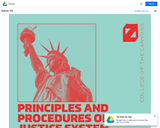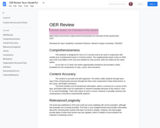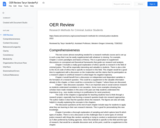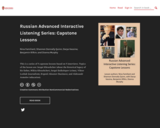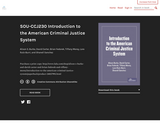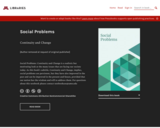
Countering the Threat From States and Non-State Actors
Short Description:
The danger posed by nuclear weapons and fissile materials is ever present. The end of the Cold War and the significant reduction in the size of Russian and U.S. nuclear stockpiles did not change this fact of life. There are now nine states that possess nuclear weapons – the United States, Russia, the United Kingdom, France, China, Israel, India, Pakistan, and North Korea – and the number of nuclear weapons in the world in 2019 is estimated to be almost 14,000. In addition, the production of highly-enriched uranium and plutonium continues in several places, while more than 440 civilian nuclear facilities around the world are in operation, posing their own particular risks. When one also considers that non-state actors constitute a significant global danger and the potential for nuclear terrorism, it is clear the need for nuclear security remains paramount. There is no other type of weapon that comes close to doing the level of damage that nuclear weapons can inflict. Data dashboard
Word Count: 3351
(Note: This resource's metadata has been created automatically by reformatting and/or combining the information that the author initially provided as part of a bulk import process.)
- Subject:
- Career and Technical Education
- Criminal Justice
- Material Type:
- Textbook
- Provider:
- Oregon State University
- Author:
- Ben Wickizer
- David Bernell
- Meredith Bowers
- Date Added:
- 11/18/2019







